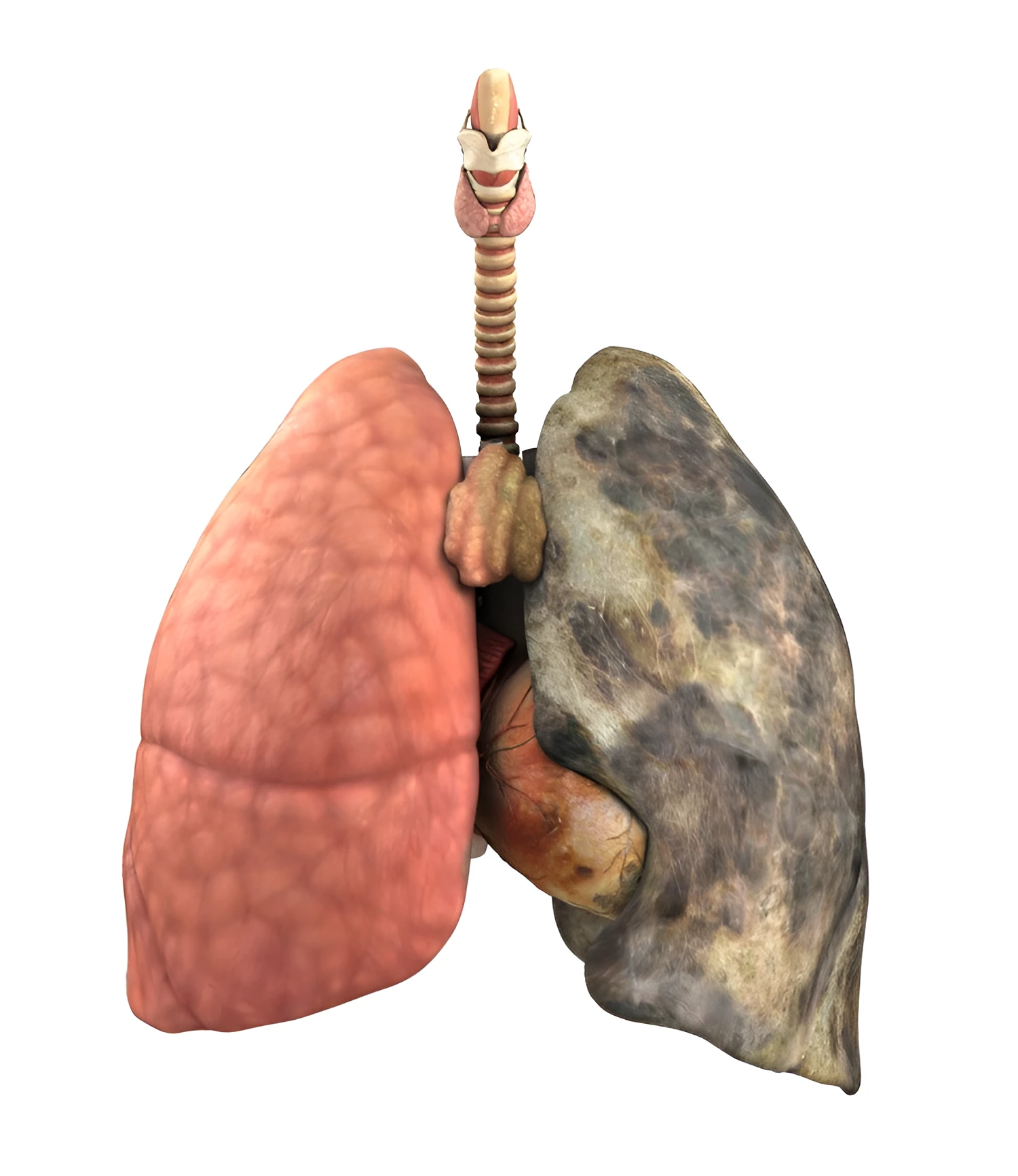Washington: A new study has revealed that people with chronic obstructive pulmonary disease (COPD) have significantly more carbon buildup in their lungs than regular smokers. Researchers analyzed lung tissue from 28 COPD patients and 15 smokers who had undergone surgery for suspected or confirmed lung cancer.
The analysis showed that COPD patients had nearly three times the amount of soot-like particles, or carbon deposits, in their lung tissue compared to smokers. These particles were concentrated in alveolar macrophages, immune cells that cleared dust, pollutants, and microbes from the lungs.
These macrophages contained more carbon and were larger than those without visible carbon buildup, suggesting a biological change linked to particle overload. The researchers concluded that the excess carbon could contribute to chronic inflammation and worsening lung damage in COPD patients.
This study offers new insight into how air pollution and smoking-related damage affect lung function at a cellular level. It also emphasizes the importance of early diagnosis and the need to reduce environmental exposures for those with or at risk of COPD.








